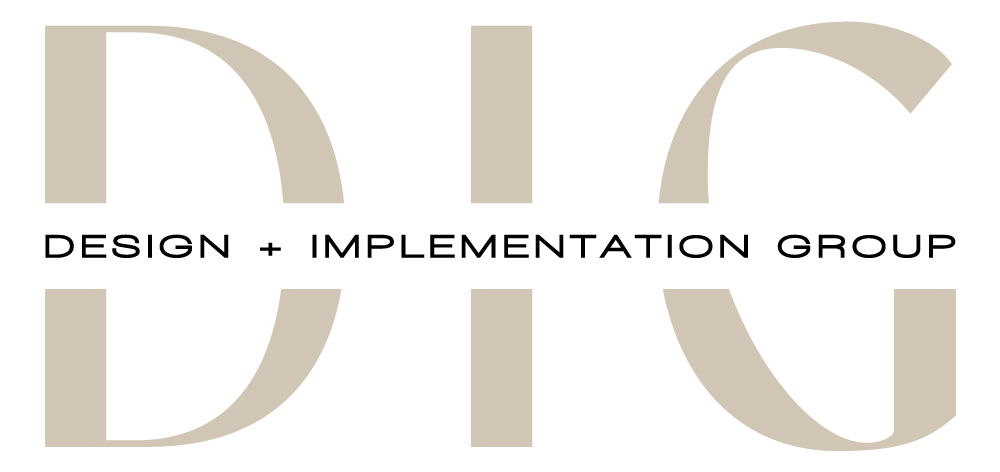Introduction
Interior design teams are a unique blend of creativity, technical knowledge, and collaborative prowess that allows them to transform ordinary spaces into extraordinary environments. Their work delves much deeper than simply choosing furniture and paint colors. It requires an understanding of the intended purpose of the space, the people who will inhabit it, and how design elements can enhance their experiences and interactions within it. This article aims to shed light on the intricate process these teams follow to create stunning, functional spaces.
The Design Process
Understanding the Client’s Vision
The design process is initiated by gaining a comprehensive understanding of the client’s vision and needs for the space. This stage involves thorough conversations about the client’s lifestyle, preferences, functional requirements, and the intended ambiance of the space. The design team absorbs this information and uses it as a foundation for brainstorming and ideation.
Concept Development
Building upon the client’s vision, the team transitions into the phase of concept development. This is the stage where abstract ideas start to take a concrete form. The team employs a variety of tools to bring the client’s vision to life – mood boards to capture the essence of the desired look and feel, sketches to outline the basic layout, and 3D renderings to provide a realistic view of the proposed design.
Space Planning
Space planning forms a critical component of the design process. It involves making strategic decisions about how the space will be used to ensure it is both functional and efficient. This includes determining the optimal placement of furniture to facilitate flow, deciding on the arrangement of different areas within the space to promote interaction, and considering factors like natural light and views to make the space as inviting as possible.
Material and Color Selection
With the layout firmly established, the team moves on to the task of selecting materials and colors. The choice of materials, from floor coverings to wall finishes, can drastically influence the look, feel, and durability of the space. In this phase, the team weighs factors like longevity, maintenance requirements, cost, and aesthetics to make informed decisions that align with the client’s vision and budget.
Installation and Finishing Touches
After all the meticulous planning and careful selection, comes the phase of installation. The team closely oversees this process, ensuring every element is executed according to the plan. Once all the major components are in place, the team focuses on the details, adding the finishing touches. Accessories, artwork, and accent pieces are carefully chosen and placed to complement the overall design and to infuse the space with personality.
The Importance of Team Collaboration
Designing a space is a complex task that requires a multitude of skills. Therefore, in any project, the collaboration of the design team is crucial. Different team members bring diverse skills and perspectives to the table, enriching the design process. The architects, interior designers, decorators, and project managers work in unison to ensure that every detail is considered and the final design is a harmonious blend of functionality, aesthetics, and the client’s vision.
Conclusion
Transforming spaces is a complex and captivating process that demands a deep understanding of design principles, a keen attention to detail, a thorough grasp of the client’s needs, and the ability to work collaboratively. It’s a behind-the-scenes process that, when executed with precision and creativity, results in a space that is not only visually appealing but also perfectly caters to the needs of those who utilize it. This comprehensive look into the process underscores the importance of the role interior design teams play in shaping our living and working environments.




